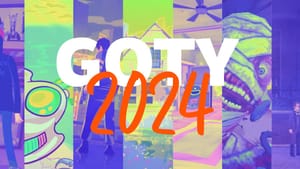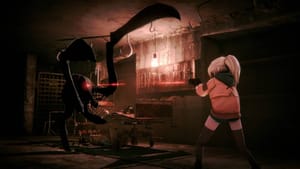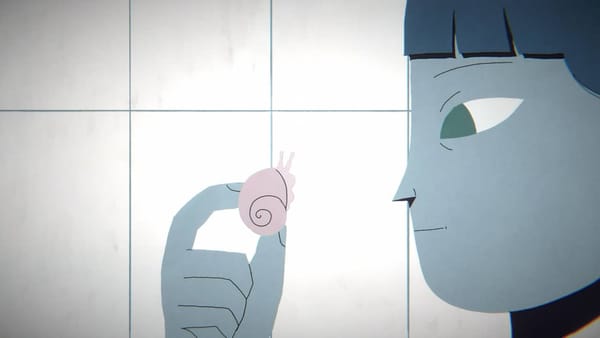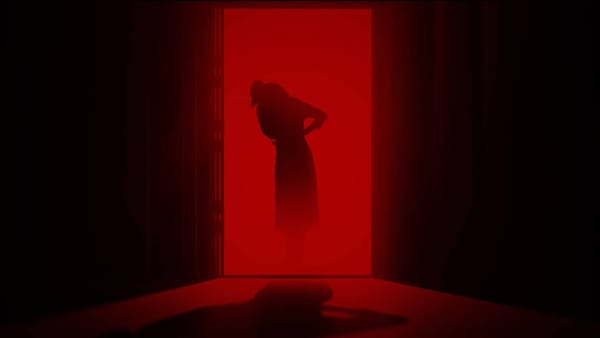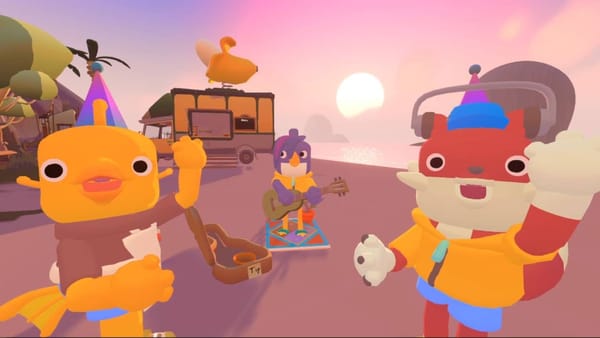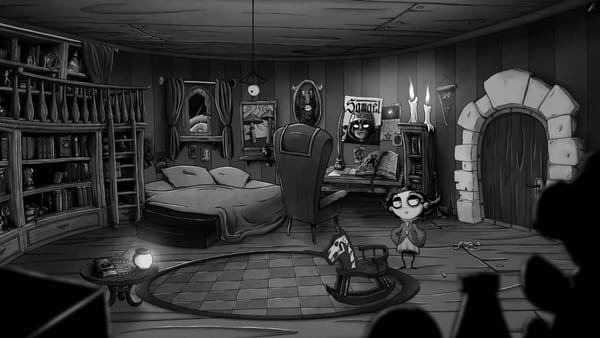Videogame archaeologists recently unearthed Fire: Ungh’s Quest – a point and click puzzle game, embedded deep in Mother Nature’s cracks. Historical records indicate that this relic launched way back in the Holocene epoch, circa 2015, and has since gone on display on the Nintendo Switch.
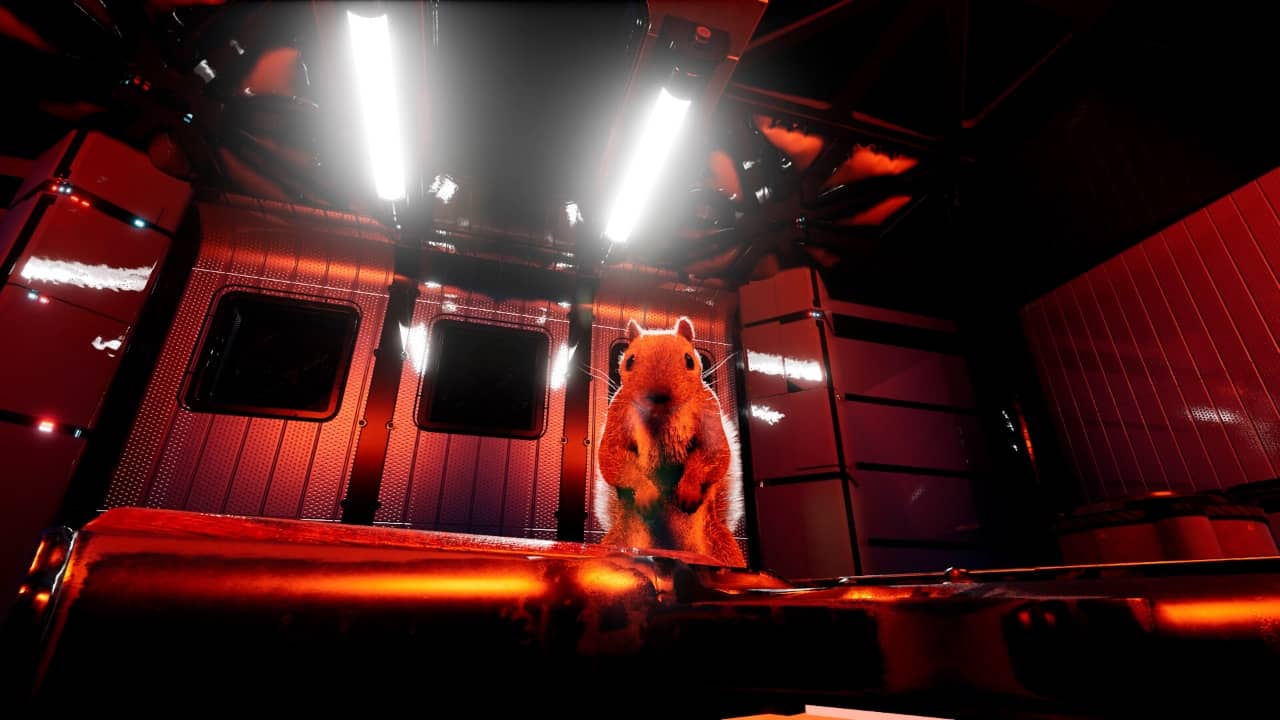
Buried amid an excessive pile of E.T. the Extra-Terrestrial cartridges, this puzzle title has been updated with touchscreen controls and full-colour graphics. Players control Ungh, a neanderthal simpleton whose job it is to stand watch over the community fire. After it goes out, he’s banished from his duties and all the over numpties, unless he can return with the red flower.
Fire: Ungh’s Quest (Switch Review)
Cue the quest in Fire: Ungh’s Quest, where you cover a conventional and sometimes unexpected landscape often associated with caveman culture. As a point and click on the Switch, it’s possible to play this with the touchscreen – infinitely better than on the telly. Tap (sometimes double-tap as it’s a little unresponsive) on the point of interest, and Ungh will interact with it.
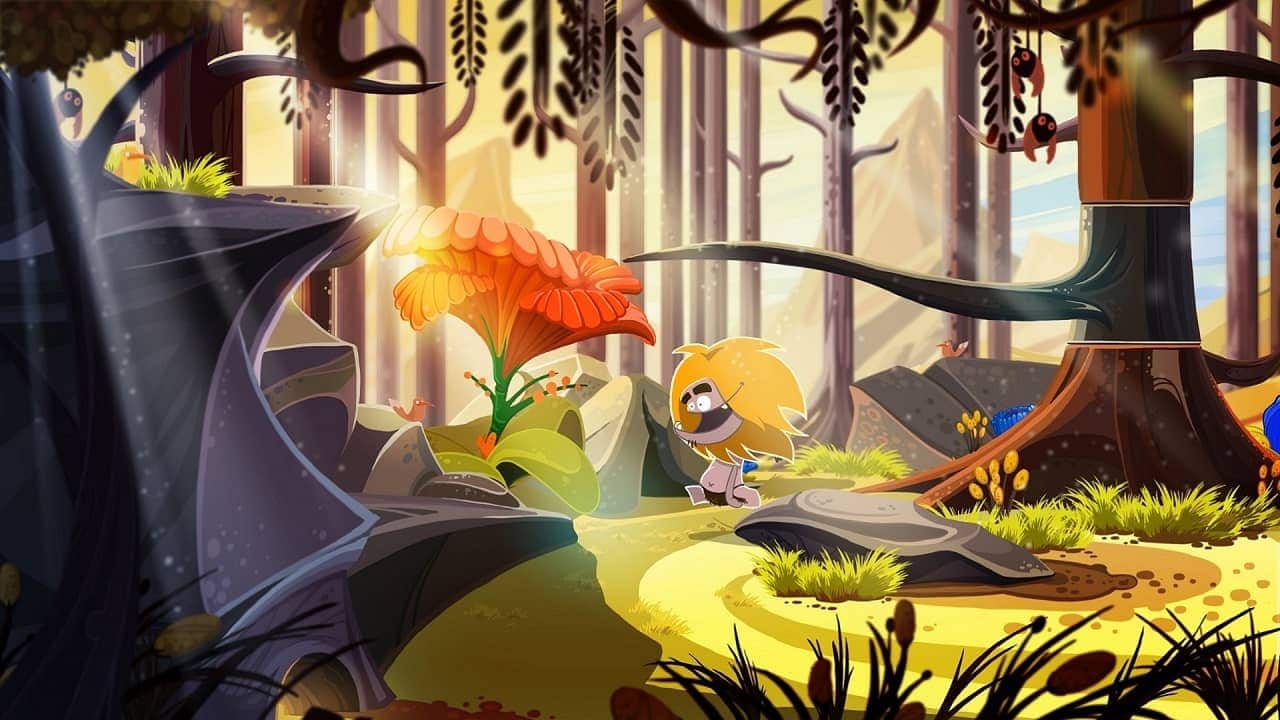
But this isn’t the typical point and click adventure from one of the best developer/publishers out there in the genre, Daedalic Entertainment. Yes, it’s a literal point and click, but the story here is lacking, compared to all their other fantastic titles. As referred to in the opening of this review, Ungh lets the fire go out, then has to retrieve it.
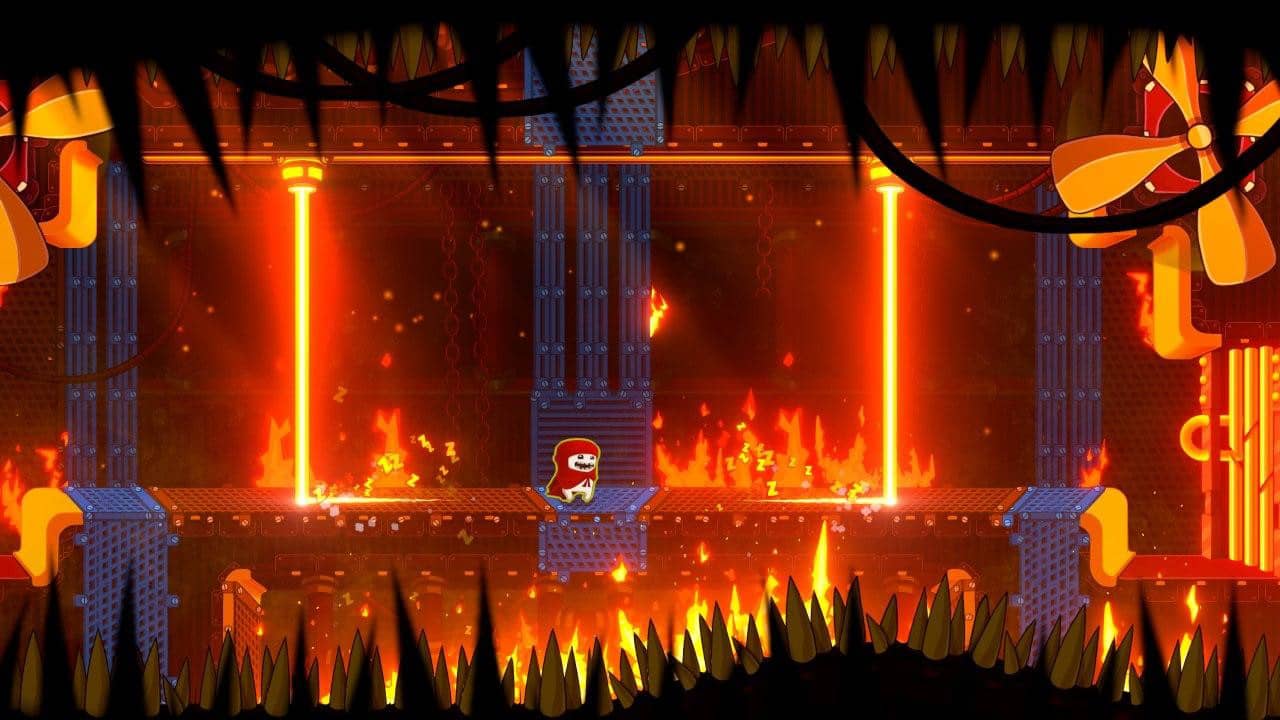
There are no dialogue sequences. That’s a lie: there is one scene where you speak with an NPC, but the language is incomprehensible, and everything in the game is represented by pictographs, as you’d expect with the theme. This seems a natural choice, but ignoring the simplicity of the controls and minimal scenes, the puzzles here aren’t always intuitive.
In short, you have to collect fireflies that will open a portal, warping you around the Toki-like world map. It’s impossible to skip an area and therefore necessary to collect each firefly before moving on. Additionally, there are optional coins to collect for completionists, often hidden or revealed after interacting with a scene in a particular way.
Bigger Than A Peanut
Fire: Ungh’s Quest feels like a child’s game. The illustrations are the quality one would expect from Daedalic, but the simplicity of controls and slapstick comedy would suit a younger audience, though some puzzles would need help from a grown-up or someone with the patience to work out the sequence of a puzzle. There are a few references for mum and dad, of course, with nods to 2001: A Space Odyssey.
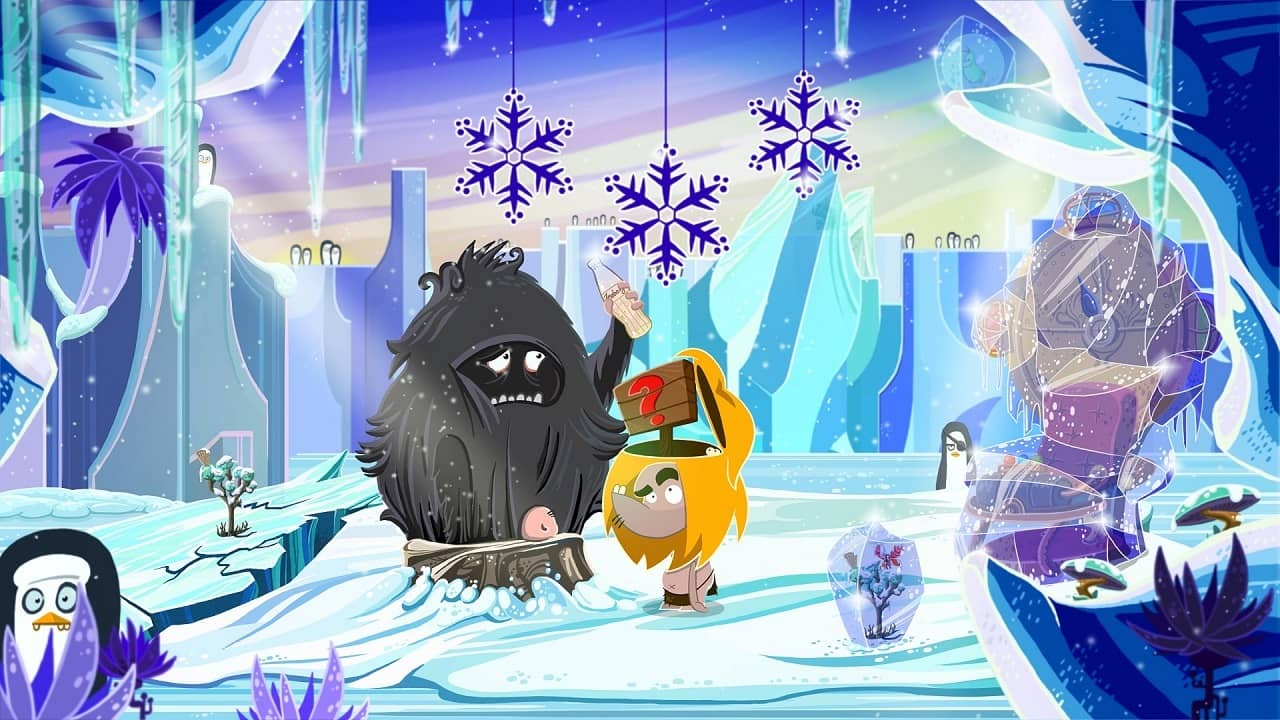
There’s a good variety of puzzles on display. A few sequences where you have to drag the cursor through a simple maze (or with the joy-cons if playing on the telly), some hidden object elements that reveal a pin number or pictograph, jigsaw-like puzzles and general problem-solving of trial and error; observing the mechanics and work out a solution.
Towards the end of the relatively short game, there’s some ‘planet dodging’ and a Space Invaders-inspired section. This level, in particular, felt like filler as each area was too small to consider a bona fide mini-game. Besides, it was out of place to send silly old Ungh up into space. Following this, there was a time travel section which one would surmise would be challenging for younger players. In other words, it took me a bit of time to finish and trying to save face.
There’s no fear of getting killed or heading back to start, so the delay isn’t a problem for gameplay, just noticeable. Presentation-wise, it’s very nice, with a decent soundtrack too. Again, there’s no dialogue, so no voice acting in the game either—just grunts.
Fire: Ungh’s Quest Review Summary
My expectations for the game were relatively neutral, though perhaps subconsciously was expecting something a little more compelling in terms of story and experience, what with it being a Daedalic title. Other than collecting all the coins, there’s not much on offer when it comes to replay value, and overall, Fire: Ungh’s Quest wasn’t as hot as one could have hoped.



